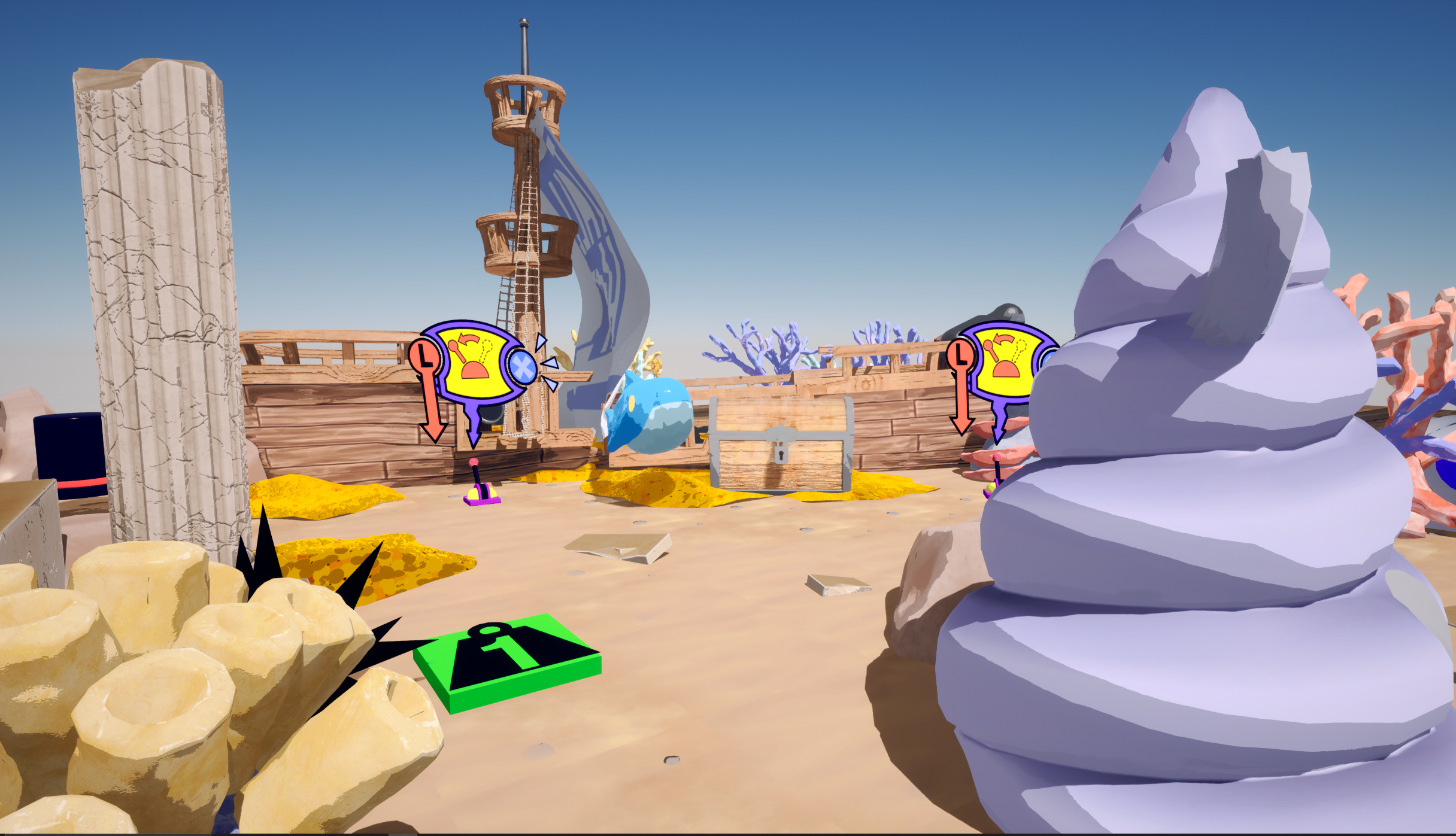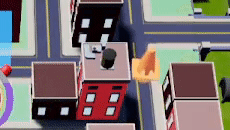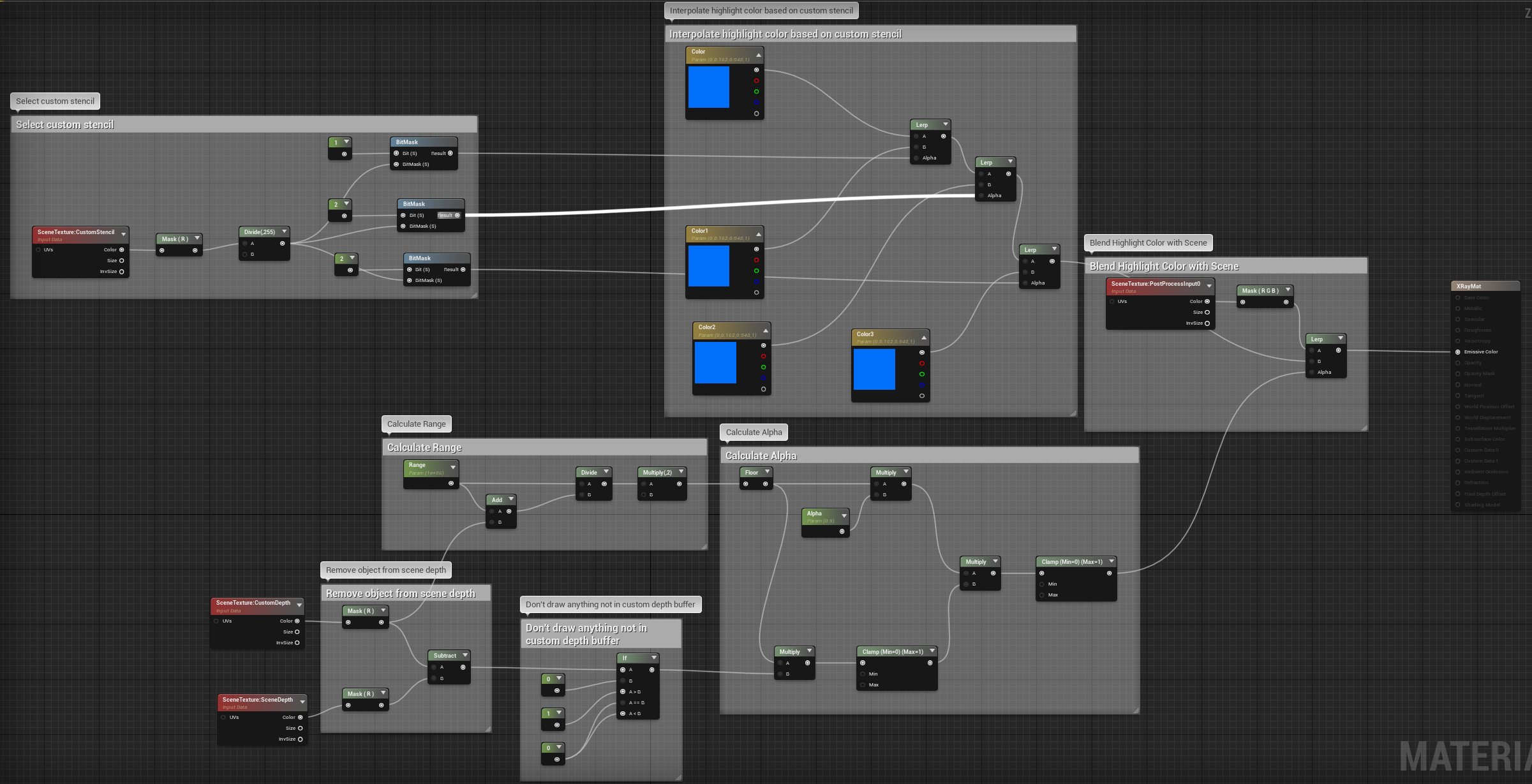Mapstermind
Aug 2021 - Present
Overview
Mapstermind is a couch co-op 3v1 asymmetrical party game where the team of 3 must work together to escape a stage controlled by the opposing player before time runs out. The Mapster, who is a floating pair of hands, has kidnapped game pieces and is forcing them to play on a custom-made game board. The Piecelings scramble to return order to the stage by completing tasks while avoiding attacks launched by the Mapster. Our game encourages teamwork among the Piecelings through collaborative objectives, and fosters an intense yet lighthearted competition between them and the Mapster. Mapstermind features a cute and friendly art style that is synonymous with party games, a wonderful cast of characters for players to choose from, and is tailored to families and friends of all ages due to the fun yet competitive nature of the gameplay.
Project Spotlights - Toon Shading
One of the things I'm most proud of that I created on Mapstermind was a toon shading post process effect. This effect really helps tie the visuals of the game together and portray its cartoony and upeat vibe.
The shader starts by taking a desaturated version of the scene, giving you a value between 0 and 1 (black to white). This value is then used to determine how light a given point on the object is. This particualr shader has 3 levels of darkeness thresholds, which gives 3 distinct levels of shading. The output of this "Shadow Tint" is used to interpolate between the overall scene color and the desaturated scene color. As a side note, this shader also supports outlining objects, though we decided not to use it for the final product.

Project Spotlights - Post Process Highlight Effect
Another major quality of life feature I worked on was a simple highlight post processing effect whenever a pieceling is obstucted by an object. The color of this highlight can be changed through a material instance, and each player will have their own color.

The shader itself is not too complicated. I first start by getting a custom stencil from the scene texture and mask the red channel and dividing it by 255. That value is then bit masked with a constant value representing the custom depth stencil index, the result of which will be used to interpolate between different highlight colors. After that I remove the object to be highlighted from the scene depth by subtracting the red channels of the custom depth buffer and the scene depth buffer. Anything not in the custom depth buffer will be ignored. I then calculate the amount to blend the highlight color and scene texture based on the result of the scene depth removal and a simple range calculation. Finally the highlight color is blended with the scene texture to produce the desired highlight effect.

Time Frame
Aug 2021 - May 2022
Dev Environment
Unreal Engine 4
My Roles
- Lead Programmer
- Systems Programmer
- Graphics Programmer
- Animation Programmer
- UI Programmer
My Contributions
- Toon Shading
- Mapster Movement & Interactions
- Control Board Implementaion
- Pieceling Movement
- Mapster & Pieceling Animation Implementaion
- Mask Movement
- Task Implementaion
- Trap Implementaion
- UI / Menu Implementaion
- Outline Effects
- Git/Repository Management
- Build Management
What I Learned
- How to program for a 4 player local multiplayer game in Unreal Engine 4
- How to buid robust and flexible systems that other programmers can easily build upon
- How to effectively balance an asymmetrical game
- How to quickly and efficiently onboard new team members
Team
- Ethan Heil - Lead Programmer, Systems Programmer, UI Programmer, Graphics Programmer, Animation Programmer
- Daniel (Scheoney) Schoenfeld - Gameplay Programmer, Sound Programmer, Sound Designer
- Olli Machina - Gameplay Programmer, Systems Programmer, Sound Designer
- Alex Jaeger - Gameplay Programmer, UI Programmer
- Eddie Juarez - Lead Designer, UI Designer, Sound Designer, Systems Designer, Animator
- Evan Barker - Level Designer, Systems Designer
- James Ofori - Systems Designer
- Matthew Laflamme - Level Designer, Systems Designer
- Sophia White - Lead Artist, Character Artist, Rigging Artist, Character Animator
- Lake Gildner Blinn - Environment Aritst
- Sasha Chacon - Environment Aritst
- John Seymour - Lead Producer
- Kinsey Bowensmith - Marketing Lead, Producer
- Jackson Leblanc - QA Lead